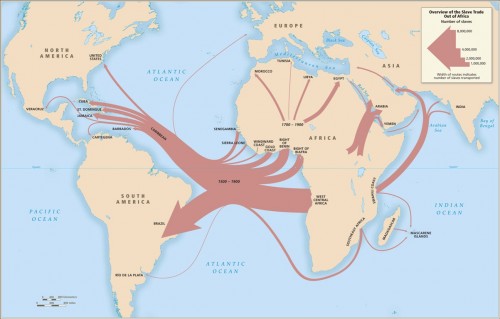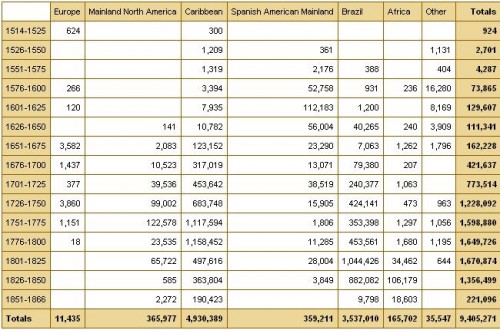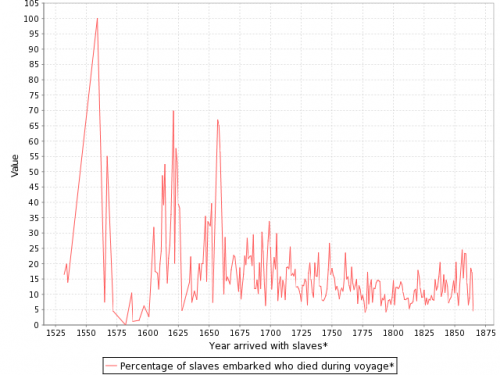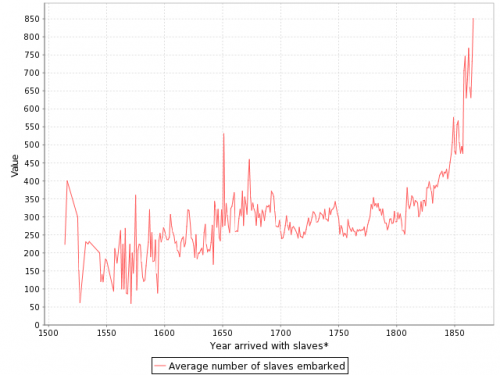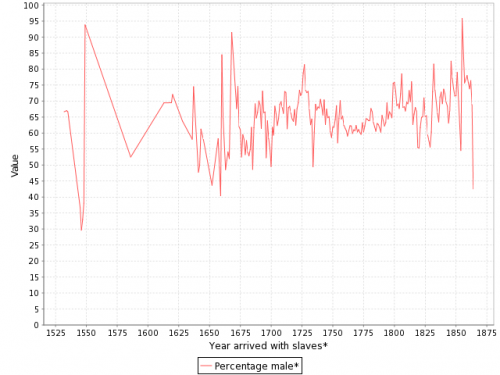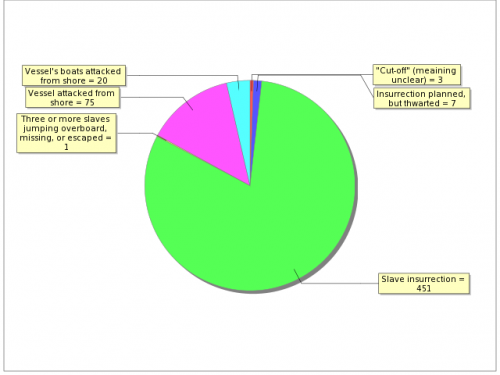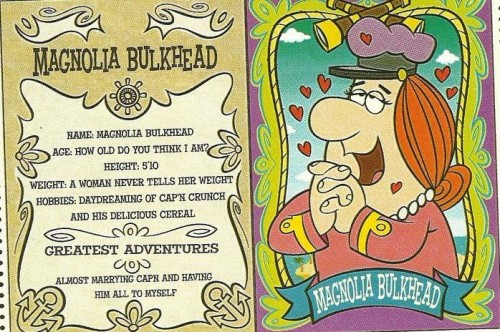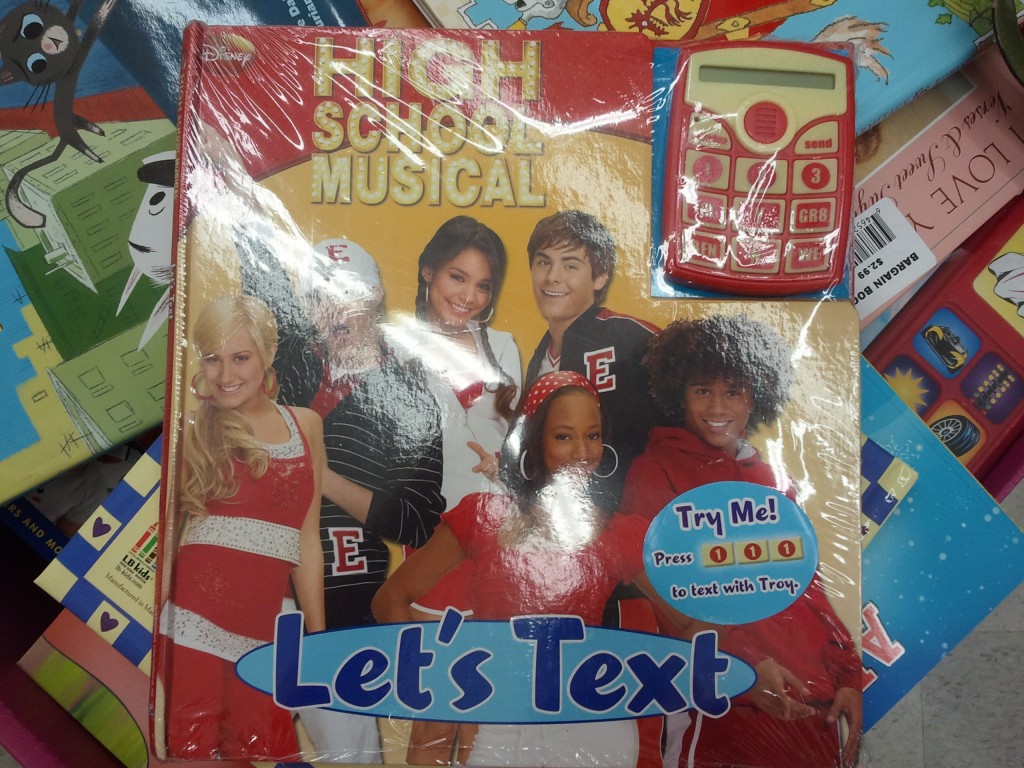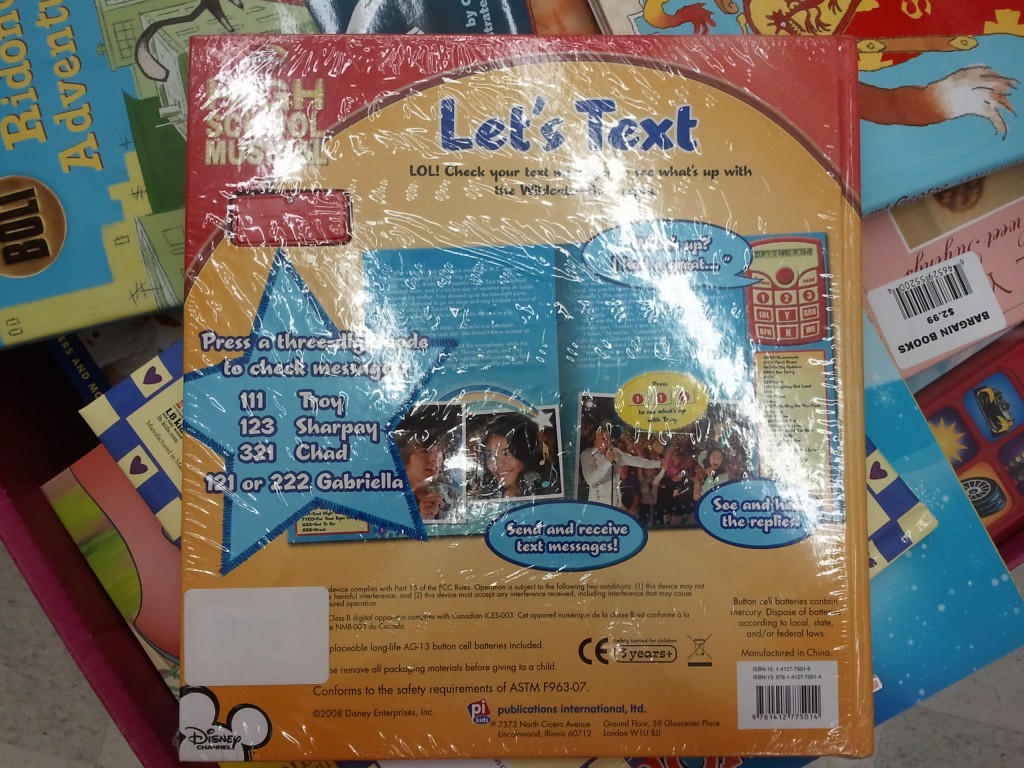Justin G., an adjunct instructor in the Department of Sociology at Marymount University, recently received a gender lesson from his local Target. I’ll let him tell the story:
I grabbed the pack of eight depicted in the photo because they match our towels and bathroom wall colors and, to my surprise, when I scanned them for the price, I was told by the machine that they were “feminine casual” washcloths! I stood there and wondered how much darker the shades of blue and green would need to be for them to be “masculine”? Even when it comes to washcloths, it seems that Target and/or the manufacturer feels we need to be told what color we should be comfortable scrubbing our naked bodies with in the privacy of our own showers.
Lisa Wade, PhD is an Associate Professor at Tulane University. She is the author of American Hookup, a book about college sexual culture; a textbook about gender; and a forthcoming introductory text: Terrible Magnificent Sociology. You can follow her on Twitter and Instagram.


